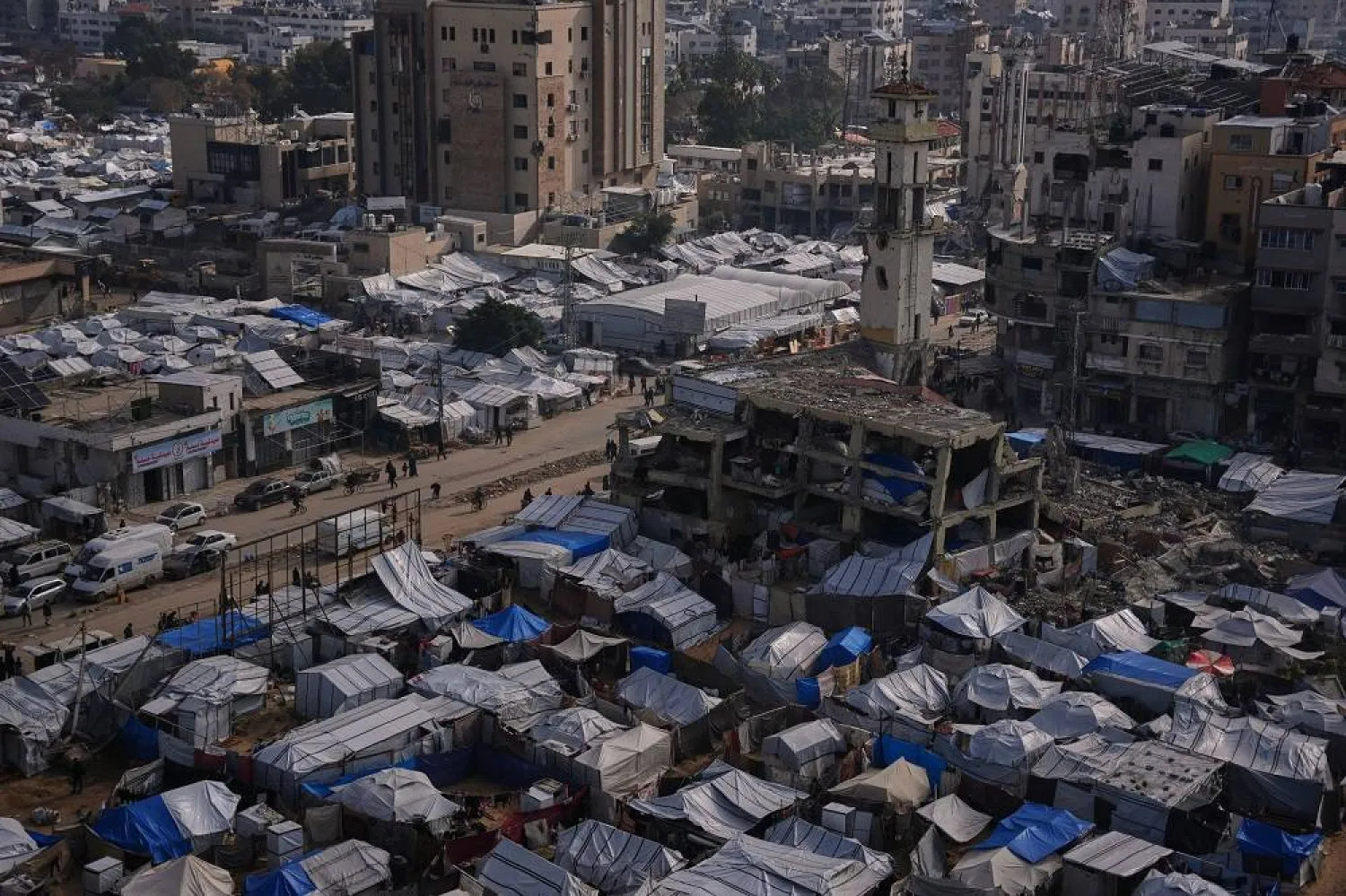In the dim corridors of Kamal Adwan Hospital in the northern Gaza Strip, mobile phone torches are now as essential as stethoscopes for doctors doing rounds without functioning generators.
Fuel shortages are widespread in the besieged territory after more than 10 months of war, further restricting services at those hospitals that are still open.
Ayman Zaqout had a hard time even reaching the Kamal Adwan, located in Beit Lahia, because of Israeli strikes and evacuation orders.
Once admitted, he discovered he would be treated mostly in the dark.
"There was no electricity and I don't know how they will be able to treat me in these circumstances," he told AFPTV this week, grimacing from pain as he battled renal colic.
He was lucky to be treated at all.
Not long after he arrived, the hospital "stopped taking in patients" altogether, doctor Mahmoud Abu Amsha said, noting that "international organizations no longer supply it with the fuel needed for the generators".
The fuel shortages could soon prove deadly, Abu Amsha said.
"Children in the incubators are threatened with cardiac arrest and death, and there are also seven cases in the intensive care unit, and they will die due to the fuel shortage," he said.
Patients 'at risk'
The war in Gaza began with Hamas's unprecedented October 7 attack on southern Israel which resulted in the deaths of 1,199 people, most of them civilians, according to an AFP tally based on Israeli official figures.
Palestinian militants also seized 251 hostages, of whom 105 remain in Gaza including 34 the military says are dead.
Israel's retaliatory military campaign has killed 40,265 Palestinians in Gaza, according to the Hamas-run territory's health ministry, which does not give details of civilian and militant deaths.
The UN rights office says most of the dead are women and children.
Gaza's 2.4 million people, nearly all of whom have been displaced at least once, have only 16 hospitals still functioning, all of them partially.
In the first days of the war, Gaza's only power plant stopped working and Israel cut off the electricity supply.
Fuel has since trickled in along with other humanitarian aid through Israeli-controlled checkpoints.
To respond to a major emergency -- a particularly deadly air strike nearby or a sudden influx of wounded -- medics at Kamal Adwan can still turn to solar energy.
"But it cannot be used for patients who need electrical equipment 24 hours a day," Abu Amsha said.
The lack of fuel also makes it difficult to operate ambulances.
Al-Awda Hospital, also in northern Gaza, is desperately waiting for a fuel delivery to restart its generators, the hospital's acting director, Mohammed Salha, told AFP.
"Two days ago, we closed some services and postponed operations. This puts the sick and wounded at risk," Salha said.
Since then, the hospital has been providing "the minimum service" only thanks to other hospitals that "donated part of their fuel stock", he said.
Gaza Doctors Left in the Dark as Fuel Shortages Hit Hospitals

Tending to patients by flashlight has become the norm in those Gaza hospitals that are still functioning as they struggle to secure fuel to power their generators. Bashar TALEB / AFP/File

Gaza Doctors Left in the Dark as Fuel Shortages Hit Hospitals

Tending to patients by flashlight has become the norm in those Gaza hospitals that are still functioning as they struggle to secure fuel to power their generators. Bashar TALEB / AFP/File
لم تشترك بعد
انشئ حساباً خاصاً بك لتحصل على أخبار مخصصة لك ولتتمتع بخاصية حفظ المقالات وتتلقى نشراتنا البريدية المتنوعة







